#gene warren
Text

When I Look All Around, I Can't Believe The Things I've Found!: Special Effects creator Gene Warren overseeing various dinos for the Krofft Brother's "Land of The Lost" Saturday Morning TV series. That's the hand puppet used for close-ups of the fearsome T-Rex Grumpy, resident bane of the Marshall Family and friends.
34 notes
·
View notes
Text
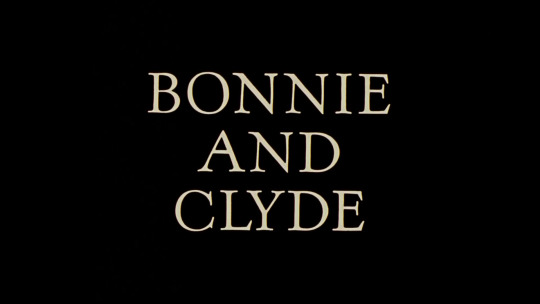

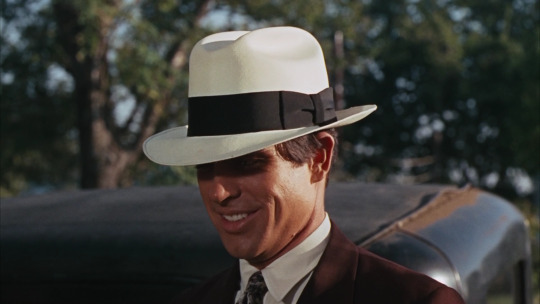




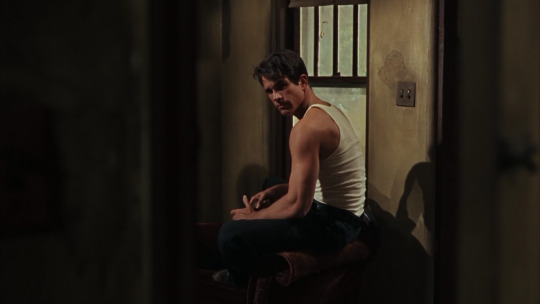

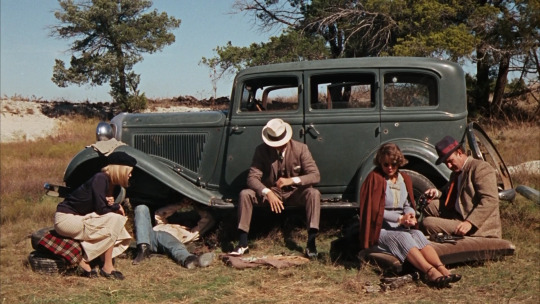
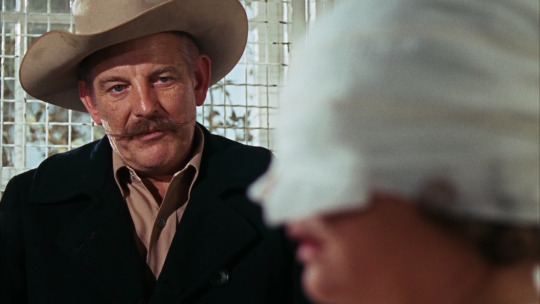


Bonnie and Clyde (1967)
33 notes
·
View notes
Photo

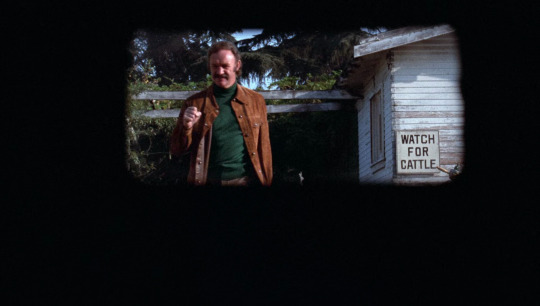
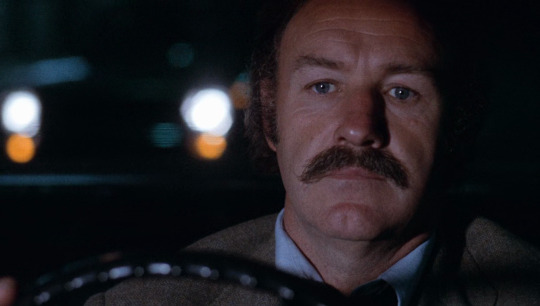




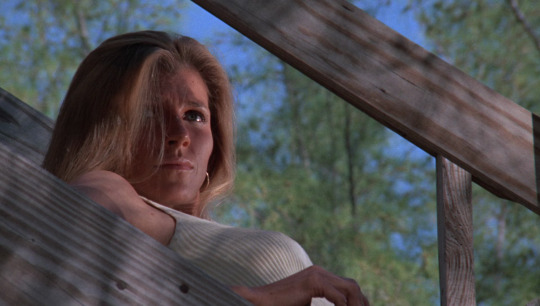

Night Moves (Arthur Penn, 1975)
#films watched in 2023#Night Moves#Arthur Penn#Gene Hackman#Jennifer Warren#Melanie Griffith#Susan Clark#James Woods#siete#neo-noir#neo noir#intrigue#police#crime#cars#smile#water#sea#blood#mcdonalds#1975#seventies
99 notes
·
View notes
Text

Archangel by Gene Ha!
24 notes
·
View notes
Text
BLAZING COMBAT
The four issues of Blazing Combat from Warren Magazines in 1965/1966. They featured stories by Archie Goodwin and art by Gene Colan, Reed Crandall, George Evans, Russ Heath, Al McWilliams, Joe Orlando, John Severin, Angelo Torres, Alex Toth, Al Williamson and Wallace Wood. All had covers by Frank Frazetta.

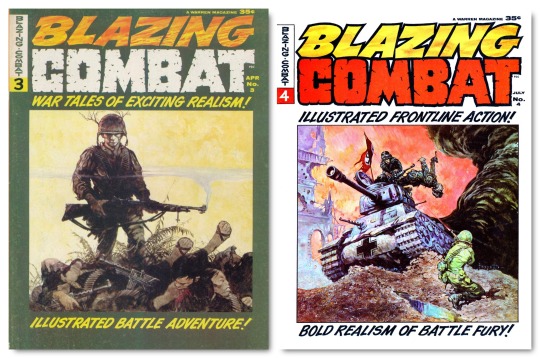
#blazing combat#warren magazines#frank frazetta#gene colan#russ heath#wally wood#1965#john severin#alex toth#george evans#reed crandall#joe orlando#al williamson#angelo torres#al mcwilliams#archie goodwin
55 notes
·
View notes
Text


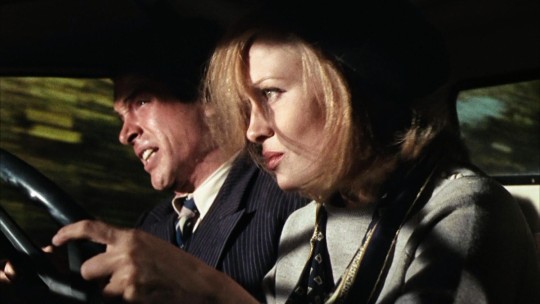
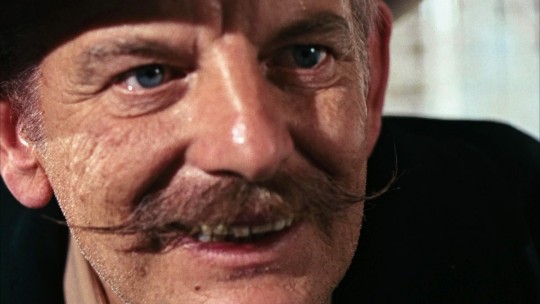






Bonnie and Clyde (1967)
#warren beatty#faye dunaway#gene hackman#bonnie and clyde#retro#hollywood#cinema#film#1960s#crime#movies#director#cinematography#60s#macabre#dark humor#filmmaking#estelle parsons#robert benton#robert towne#arthur penn
91 notes
·
View notes
Text
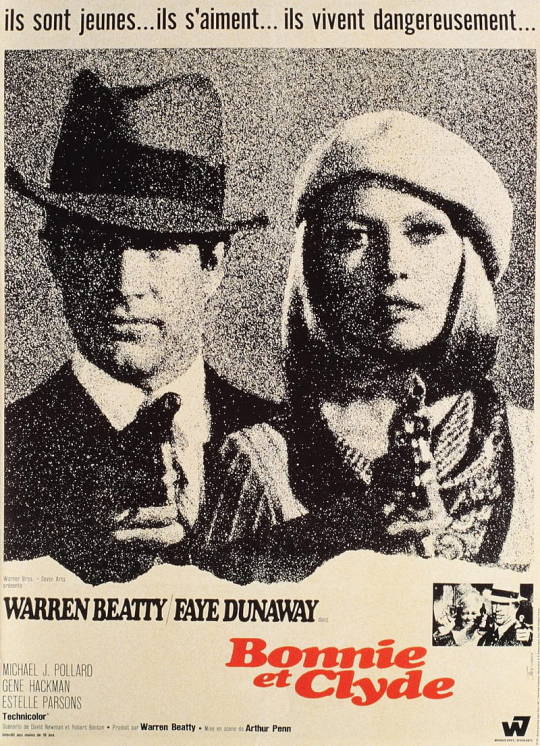

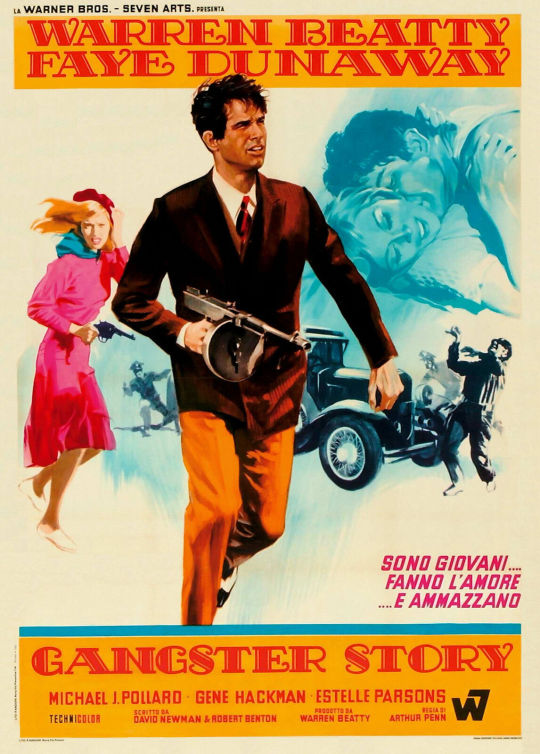
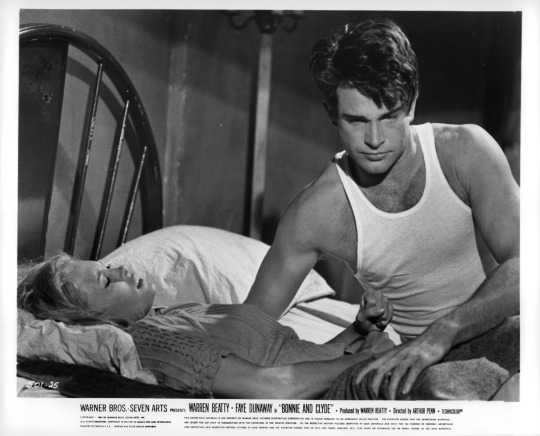
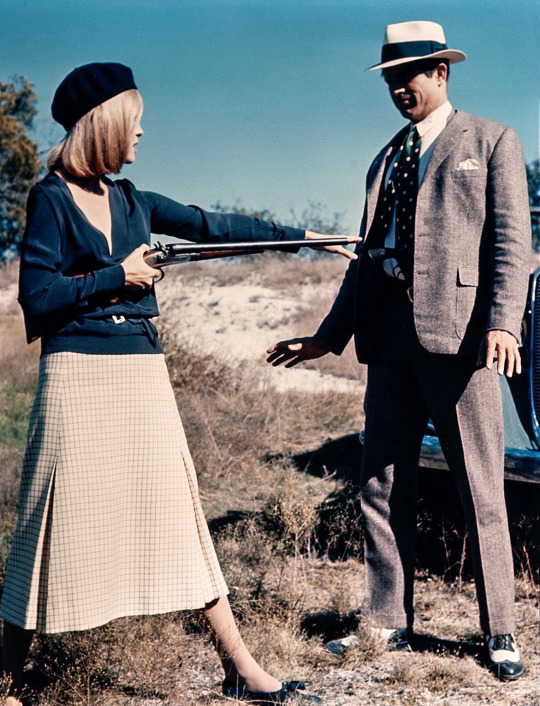



Bonnie and Clyde (1967) Arthur Penn
June 18th 2023
#bonnie and clyde#1967#arthur penn#warren beatty#faye dunaway#michael j. pollard#gene hackman#estelle parsons#gene wilder#evans evans#denver pyle#dub taylor#bonnie and clyde... were killers#favourite
31 notes
·
View notes
Text

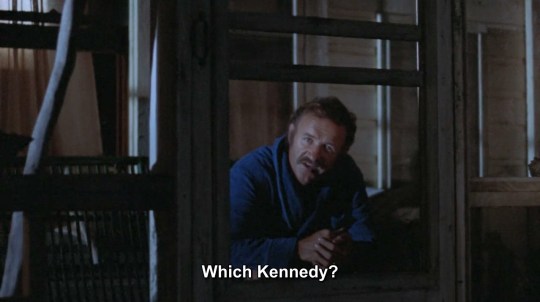

73 notes
·
View notes
Text
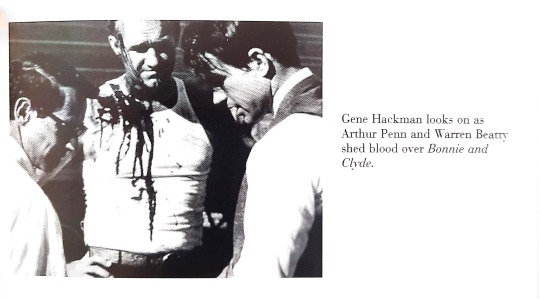
Source: 'Easy Riders, Raging Bulls'
Context: I have no idea
@castanierprosper
8 notes
·
View notes
Text
Kir (He/Him)


Kir is a Wind-born Pearlcatcher, a herpetologist hellbent on exploring the world to learn all that he can of the multitude of snake species that roam Sornieth. He has spent time studying the local species within the Windswept Plateau, alongside spending some time with the Arcane scholars of the Starfall Isles, and has recently made his way to the Shifting Expanse.
An enthusiastic researcher, Kir frequently lets his excitement override basic safety precautions when he's spotted a new species, an interesting behavior, or just a particularly striking serpent. As a result, it's not uncommon for Kir to be rushed back into the Warrens and taken to the clan's healers for antivenom and other medical treatment.
While Kir does spend a significant amount of time outside the Warrens themself, he tends to travel the Wastes while in his smaller, humanoid form. This may seem like a poor decision, as it simply makes him an easier target for any roaming monsters, but it allows him to more easily catch and handle the snakes he encounters out in the field. After all, it's difficult to handle a wild animal to begin with, let alone without causing any harm while being many, many times their size.
The fact that scales would help prevent his many snake bites from being envenomed does not seem to occur to him.
7 notes
·
View notes
Text
Bonnie and Clyde Hold Up Yesterday's Movies

Bonnie And Clyde. Warner Bros. Pictures 1967.
View On WordPress
4 notes
·
View notes
Text




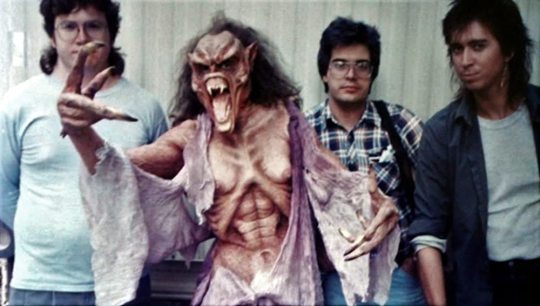
Prosthetics designed for Julie Carmen as Regine Dandridge in Fright Night Part II (1988), sculpted by Brian Wade and Bart Mixon as part of Gene Warren Jr.'s Fantasy II Film Effects. The first image is an earlier sculpt by Wade that didn't make it into the film.
The mold casting for the prosthetics, performed by Wade and Mixon, proved to be a stressful experience for Carmen, inducing claustrophobia and causing her to have panic attacks. She jokingly claimed to Fangoria Magazine that she would add a clause to her contract forbidding her to ever have latex applied to her body again.
#Fright Night Part II#Fright Night 2#Fright Night 2 1988#1988#Julie Carmen#Regine Dandridge#Brian Wade#Bart Mixon#Gene Warren Jr.#Fantasy II Film Effects#vampire#vampires#prosthetics#prosthetic makeup#special makeup effects
1 note
·
View note
Text

#bonnie and clyde#drama#movies#1967#1960s#warren beatty#faye dunaway#gene hackman#estelle parsons#michael j. pollard#publicity stills#black and white
12 notes
·
View notes
Text





Bonnie and Clyde (1967) 🍕🍕
How do you judge an old movie by modern standards? You can't but one measure could be to see if it does stand the test of time as in: is it still entertaining to watch today? Not particularly in this case 🤣 but there's enough weird shit that they put in it considering it was the 60s you can appreciate they were trying to do something unique for the time. Also, it appears to be the first movie where they tried to make more realistic shooting scenes, including the sound and blood splatter, and those are pretty fun.

#bonnie and clyde#1967#warren beatty#faye dunaway#michael j. pollard#gene hackman#estelle parsons#gene wilder
7 notes
·
View notes
Text
The Parallax View and The Conversation: A Conspiracy of Looking
What is the point of a conspiracy theory?
Usually we see them defined as a way of outlining how plots against unsuspecting victims. It creates a narrative for “us vs. them,” a way to make sense of an often chaotic world. I had an entire podcast dedicated to it, talking about everything from the 9/11 attacks to MK Ultra, and even Bigfoot and other cryptids. But they always revolve around the same thing: the world is messy, there���s a plot against us, and these are the reasons why. We are storytelling creatures, and the story helps explain things in more comforting ways than “we live on a rock careening through space and are at the absolute whims of nature.”
Films around conspiracy theories are great ways of dealing with the messiness of these issues because they can easily cast compelling actors into convoluted plots that can delineate lines between good and evil. From movies like The Manchurian Candidate (1962 and remade in 2004, respectively) and Seven Days in May (1964), we begin to see how shadowy figures can be responsible for massive changes in the world. It’s easy to believe that those corporations and politicians we entrust with our goods and government would be sinister and want to enslave us; the reality of the world is much harder in that there are multiple systems and machinations set in place that take so long to grind to stop that we may never get to really change them. It’s easier to change ourselves than the system...that is, if we’re willing to change.
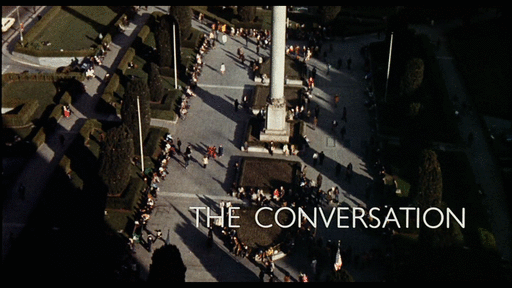
The Parallax View and The Conversation are two films released within three months of each other in 1974. They both were crafted by excellent filmmakers (Alan J. Pakula and Francis Ford Coppola) with a focus on looking at how conspiracies and plots are set up. The difference is where the locus of control is placed. The Parallax View is focused on the unseen “them” of conspiracies, where we learn how the Parallax Corporation acts as an intermediary for political and social control. The Conversation is all about “us,” where we are under surveillance and act and react to the fact of being recorded.
The Parallax View focuses on the shadowy corporations and assassinations that became responsible for being the middlemen in plots against figures who are murdered suspiciously. Warren Beatty is there as a womanizing journalist named Joe Frady who witnessed a political assassination in Seattle at the Space Needle, and stumbles onto a pattern of murders committed against the other witnesses. Obviously riffing on the JFK assassination and the Warren Commission’s findings, Pakula plays with perception and fear in his examination of paranoia and how it manifests. The sense of discovery is largely what makes the movie so successful, as Frady soon sees that the Parallax Corporation is consistently growing and employing sociopaths and those who associate negative emotions with positive accomplishments.
This last part creates the best element of the movie, and it is breathtaking in its representation. Almost as though Frady jumps into the internet forty years after its release, The Parallax View makes its viewer experience the personality test in its horrific totality. It’s possible to watch this and see exactly what is so appealing about Parallax as a way of giving power to people that fall outside of the mainstream of society, which is eerily reflective of the rise of conspiracy theories like QAnon and its ilk in the modern era.

Frady is recruited by the organization and ultimately tracks down the plans of the Parallax Corporation, which is targeting another Senator with policies that go against their interests. Cleverly outsmarting a planned detonation of a plane, Frady then tracks down the senator to a rally, where the politician is gunned down. Suddenly he’s fingered as the culprit, and as he tries to make his escape, Frady is shot by the recruiter that brought him into the organization. Pakula ends the movie with a simple interior shot of an almost faceless committee reading the Parallax Corporation’s intended narrative about Frady, which was his isolation as the patsy assassin. Fade to black, it will happen again, and Gordon Willis’s famed dark interiors match our moods as the credits roll. The unhappy ending is part of the appeal of The Parallax View, as it released during the Watergate hearings and denouement with President Nixon’s resignation before facing impeachment. It’s a dark mirror of our country at a time when public trust in institutions was badly damaged. Little would change over the next half century.
The Conversation is a strong internal companion to the sprawl of The Parallax View, looking at the interiority of protagonist Harry Caul’s life and finding it wanting. Caul’s life is spent in surveillance – of others and of himself. He constantly monitors his own actions and those of others to keep people at arm’s length, seeking to be the best wiretapper in the country and thus trusting nobody. Unwilling to let others in, and he can’t open up, Caul exists in a bubble of his own making. He breaks up with the girlfriend he’s afraid of admitting he has; he doesn’t answer questions about his personal life; he’s clearly repressed, and when we learn that his last east coast job resulted in the murder of an entire family, we can empathize to an extent.
It's fitting that I saw this so soon after revisiting Klute as it also has a similar focus on technology and audio. Caul thinks that he’s uncovered a conspiracy on a job trailing two errant lovers, and he fixates on the details of the tape, which unleashes its static hiss and obscures as much as it reveals. Coppola lovingly focuses on the different mechanisms that are used to reveal the conversations, with Caul only coming alive as he reveals the audio and uncovers what is a plot about the possible murder of the people he’s surveilling. Coppola also twists the knife by never revealing much about the plot, leaving his audience to learn the possible meaning with Caul.
youtube
The party that happens midway through the film is a fulcrum point for the audience and for Caul. We see him in his element around other conspirators, people that are experts at wiretapping but wholly oblivious to the human experience. They don’t seem to care about the possible destruction their constant surveillance will do to their subjects, and includes Caul in their list of subjects when a pen microphone reveals some truths about the protagonist of the movie. How scared he is to talk to women; how much the murders weigh on his mind; and how much he pushes away anybody that dares to look underneath the surface. The sex worker he sleeps with that night steals his recordings away, as the client who asked for them was getting impatient.
The final reveal is ultimately satisfying because of how much it plays with audience expectations. Caul believes he’s stumbled onto a plot to kill the two wayward lovers, and he heads to the hotel they stated they would frequent, only to find the girl already dead. Or is she? In a stunning twist, the wife of the executive that paid for Caul’s tapes turns up alive, with her husband murdered by her lover and his assistant. Brilliantly, they used Caul’s paranoid nature to create the conspiracy. It’s all about his personality, which is how they trap him. At the end of the film, as he searches for an impossible bug that is planted in his apartment, he tears apart his world, leaving himself only to play along with a recording that he has destroyed. The pessimism that was in The Parallax View manifests again in the personal, which is the masterstroke of The Conversation.
youtube
Small wonder that both these movies resonate almost a half century later. The Parallax View and The Conversation show the pernicious effects of paranoia, of believing that somebody is always watching you, and of always watching and listening to others. Movies like these with major stars don’t exist anymore in the budget-conscious and fearful studio system, as superhero films pay homage to them without implementing the banalities that Pakula and Coppola sprinkled into their fantasies. It would be impossible to recreate the moment of The Parallax View, where a decade’s worth of paranoid fiction merged with the seismic news of the Sixties and Seventies, and we found ourselves at the other end of forces beyond our control.
But it is possible to imagine ourselves as Harry Caul, obsessed with technology and its implementation. It’s possible to see how our very natures could be turned against us. Companies like the Parallax Corporation (or Meta, in this case) do it all the time, gaming us against our own wills to produce simple Skinner box content. In the end, all these movies do is reinforce how we are also watching ourselves, making it impossible to look away even when the price is more than we can bear. The real conspiracy theory isn’t us against the invisible other. It’s us against ourselves...and we always lose.
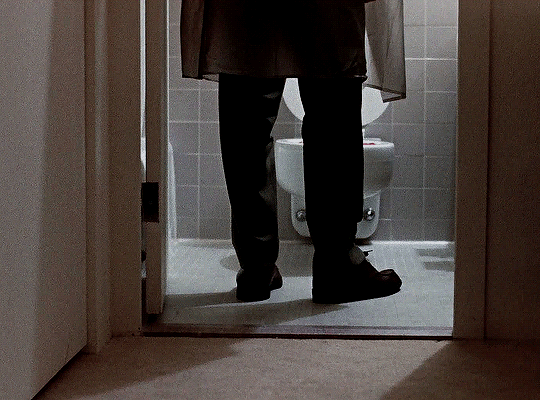
#conspiracy#conspiracyfilm#parallax view#the conversation#francis ford coppola#alan pakula#gene hackman#warren beatty#film review
8 notes
·
View notes
Text

BONNIE AND CLYDE - 1967
#faye dunaway#warren beatty#gene hackman#estelle parsons#michael j pollard#bonnie and clyde#arthur penn
7 notes
·
View notes